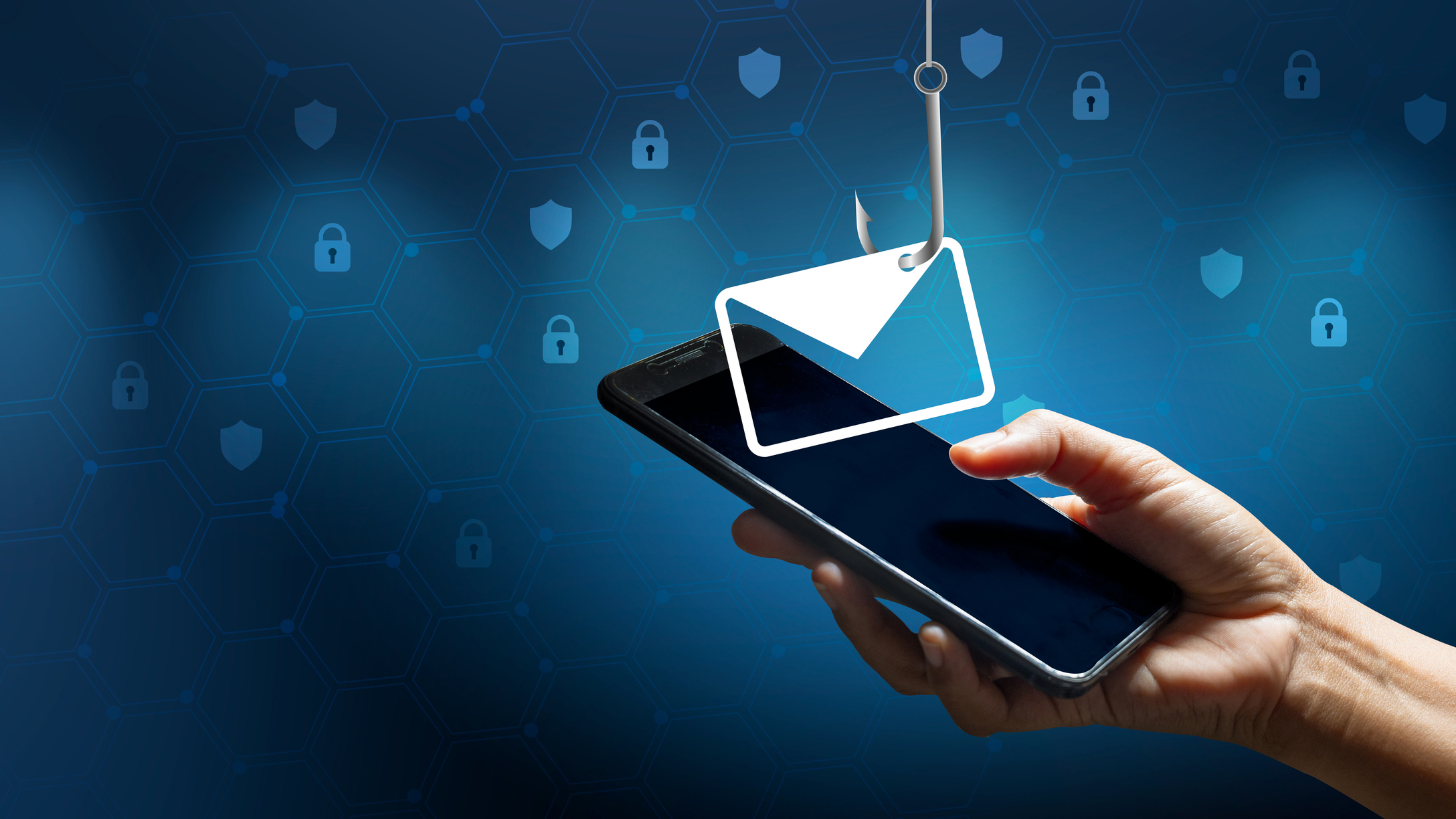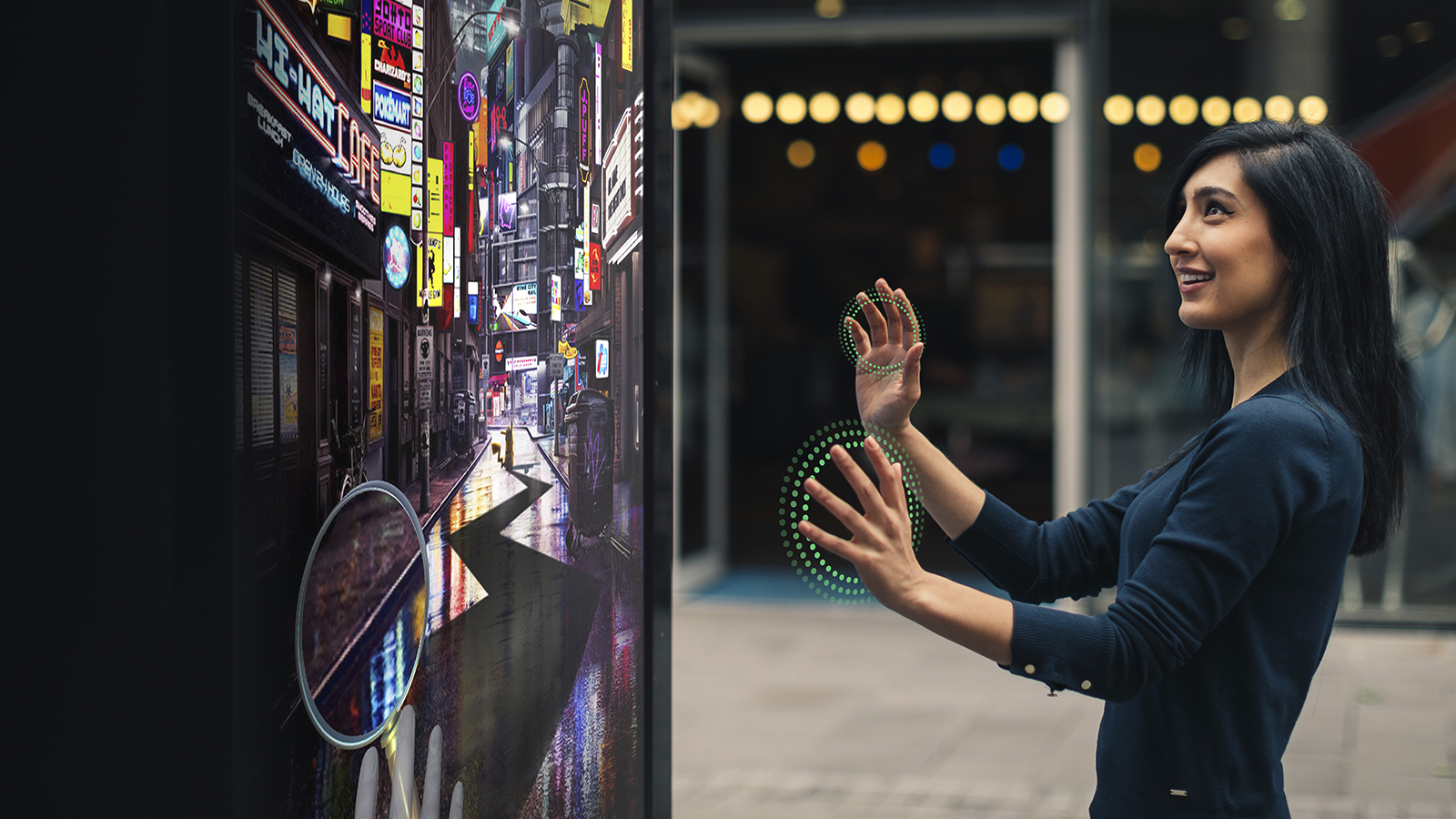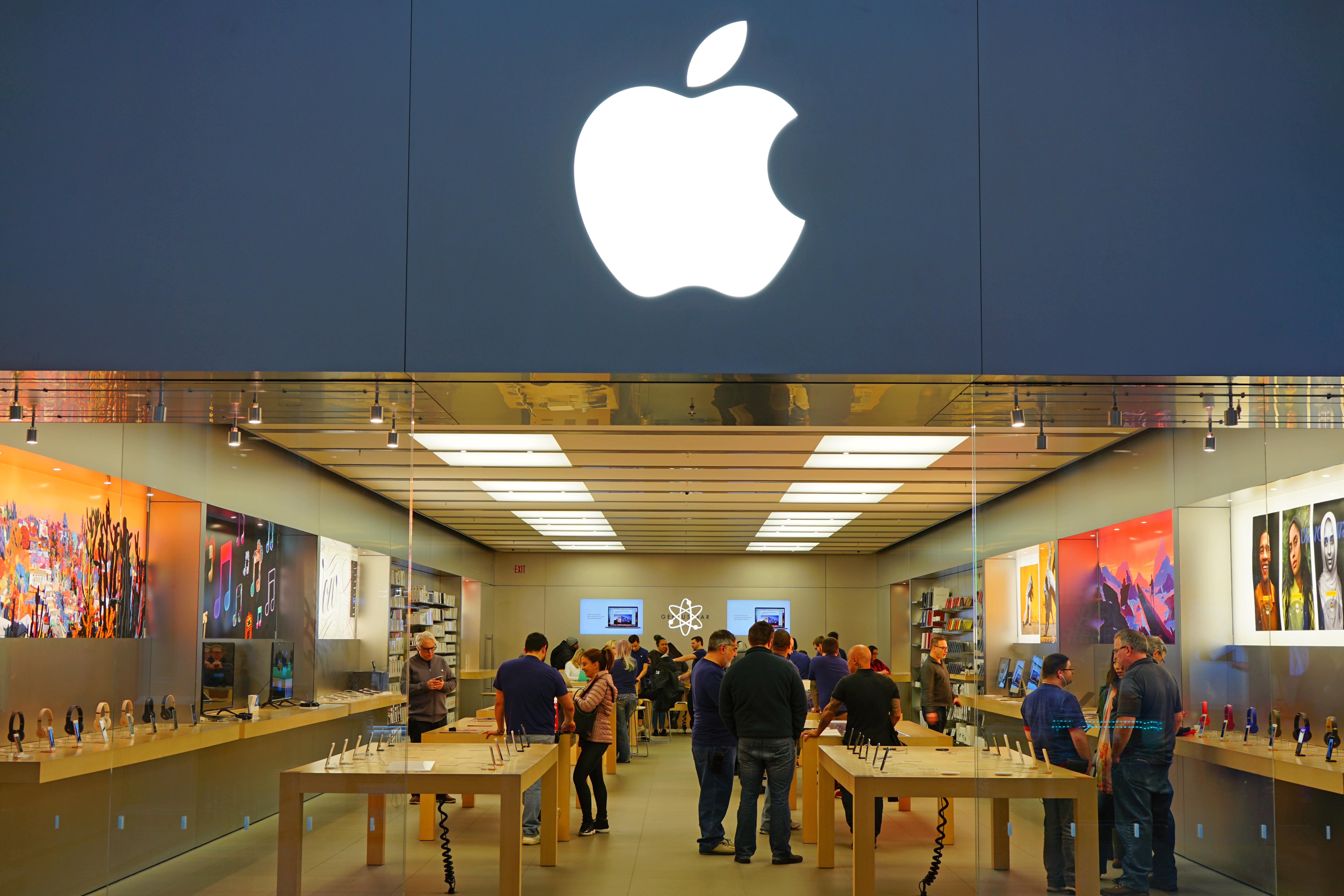Smart devices more than doubled in US homes amid COVID pandemic
The average household has 25 connected devices, up from 11 in 2019, according to a Deloitte survey

Due mainly to the COVID-19 pandemic, the number of smart devices in the average US home has more than doubled over the past two years, according to a new Deloitte survey.
The survey of 2,000 consumers was ostensibly about the public's appetite for 5G service. Along the way, the study found some revealing facts about how Americans are using digital devices in the home.
About 38% of Americans added more internet-connected devices to their homes during the pandemic, including smartphones, laptops, smart TVs, tablets, and gaming consoles, the survey found. The average U.S. household now has about 25 such devices, compared to only 11 in 2019.
With adults working at home and children schooling at home, millions of consumers upgraded their mobile data plans and home broadband networks, often adding Wi-Fi extenders. The pandemic also drove demand for online shopping, fitness options, and medical appointments.
"The onset of the COVID-19 pandemic was like a time machine that suddenly propelled us tens of years into the future," Deloitte vice chairman Paul Silverglate told Reuters.
The survey also had several other telling results.
For many of us, it's becoming too complicated to manage our connected devices. Nearly one-third of US consumers (31%) feel overwhelmed with the task of managing their various smart devices and digital subscriptions.
Sign up today and you will receive a free copy of our Future Focus 2025 report - the leading guidance on AI, cybersecurity and other IT challenges as per 700+ senior executives
RELATED RESOURCE

Consumer choice and the payment experience
A software provider's guide to getting, growing, and keeping customers
With 66% of households equipped with smart home devices, nearly 40% of those smart device owners paid for faster internet speed at home.
For those planning to switch phones or cellular providers in the next year, the top reason is to get 5G connectivity.
The survey also found that 58% of US households have a smartwatch or fitness tracker, and 14% of the device owners bought them after the pandemic started. About 55% of respondents use these devices to track their steps, heart health, calories, or sleep.
Finally, the survey found that over 50% of US adults had virtual doctor's appointments in the past year — 82% of those were satisfied with the experience.
-
 How to MFA everywhere
How to MFA everywhereIndustry Insights Identity online is not who you are; it is what the system accepts as proof of you, and that gap is exactly what the attackers take advantage of
-
 UK government confirms October cyber breach: Everything we know so far
UK government confirms October cyber breach: Everything we know so farNews Details around Foreign Office hack remain sparse and government says it's unclear who is behind the attack
-
 Acuant and Airside target pre-COVID normalcy with new identity verification solution
Acuant and Airside target pre-COVID normalcy with new identity verification solutionNews The privacy-first solution allows quick identification and easy access to COVID test results
-
 Is the future of touchscreens touchless?
Is the future of touchscreens touchless?In-depth Coronavirus has created a growing unease at the use of shared touchscreens – and for good reason. Advances in touchless technology could be the answer
-
 For the desperate, the cloud is there, but the hardware is not
For the desperate, the cloud is there, but the hardware is notOpinion The government needs to reinstate schemes to get laptops to low-income households
-
 Apple to keep US stores closed until May
Apple to keep US stores closed until MayNews Apple tells employees its US retail stores will remain closed due to the coronavirus pandemic